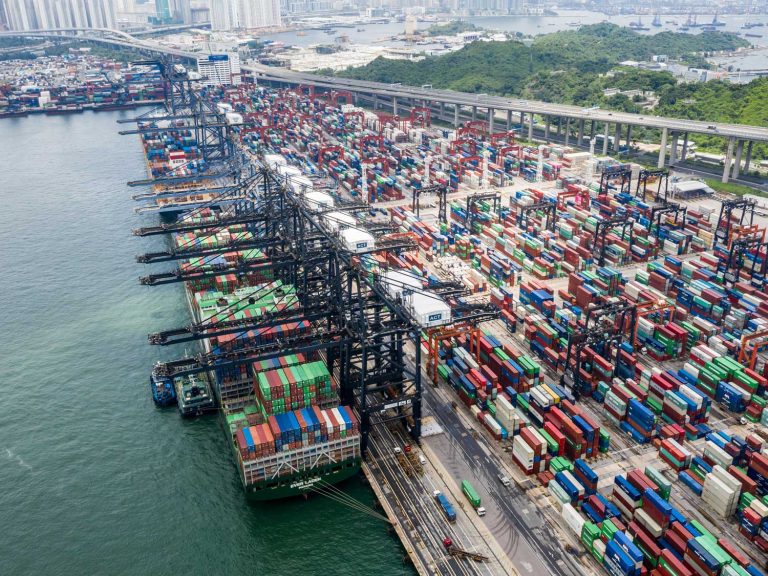
Date:
Forecasting and protecting your Asia supply chain
Global sea freight operations have struggled with disruptions since the outbreak of the COVID pandemic over two years ago, and this has continued into 2022, with a peak shipping season this summer that is likely to be very chaotic.
China’s zero-COVID strategy lockdowns have slowed supply chains and Russia’s invasion of Ukraine has effectively ripped up any imminent recovery of the supply chain, which has been grappling to deal with the implications of these and many more disruptions.
The two month lockdown in Shanghai and limited operations at the world’s busiest container port has severely limited the production and shipment of vast quantities of exports, which, with the lifting of lockdowns, could result in “panic shipping” following a build of filled containers destined for the West, which has been estimated at 260K teu.
The Shanghai lockdown is over but don’t expect business as usual. With factories and inland logistics returning to full staffing levels, everyone wants their purchase orders to be ahead of the peak season and make sure that their cargo reaches destination on time, which is likely to result in further price rises as importers scramble for equipment and vessel capacity.
With carriers adapting schedules and diverting to other ports, in the wake of Shanghai’s lockdown, delays have been building up across Asia, with many ships waiting offshore and posing yet another challenge as Chinese manufacturing and exports reopen fully.
In addition to Shanghai, Shekou, Hong Kong, Ningbo, Xiamen and Yantian are all seeing delays, with Rotterdam really struggling on the European leg.
Container ships deployed on Asia/North Europe route currently need on average 101 days to complete a full round voyage, which means that they arrive on average 20 days late in China and is why congestion is forecast to continue long after volumes return to the market.
It is vital to note that the issues impacting China are being repeated across the Far East, South East Asia and the Indian Subcontinent into the UK and Europe.
The most effective option for importers that want to protect shipments from Asia and the ISC against the risk of delays due to capacity constraints, is sharing their upcoming order books for June and Q3, so that we can allocate the most appropriate space and protect equipment on our contracts.
The long-term fixed validity contracts we negotiate with all major carriers, across the three alliances, have proven benefits in consistency of service and capacity, but only when we have transparency of shippers’ requirements, as far in advance as possible.
Vessel bookings that are made 28 days before the cargo ready date give shippers the best chance of securing space and equipment and ensure that allocations are at the correct levels and at the correct origins.
The prudent shipper will share information on a weekly or fortnightly basis including:
Annual volumes in comparison to 2021 with indicative total TEU requirements
Six week or more rolling volume forecast
Per week / Per port of loading / Per container size
Sharing information greatly assists our efforts in keeping your supply chain moving, avoiding costs and minimising delays.
The long-term fixed price and capacity agreements we have in place with our partner carriers mean that we are well positioned to continue to deliver resilient, consistent and reliable supply chain movements, whatever challenges you face.
Metro’s cloud-based supply chain management platform, MVT, creates resilient and flexible supply chains, by making it easy to adapt and control milestones and participants in the supply chain, down to individual SKU level.
To discuss how our technology could support your supply chain, please contact Simon George our Technical Solutions Director or Elliot Carlile.
